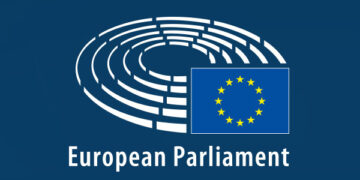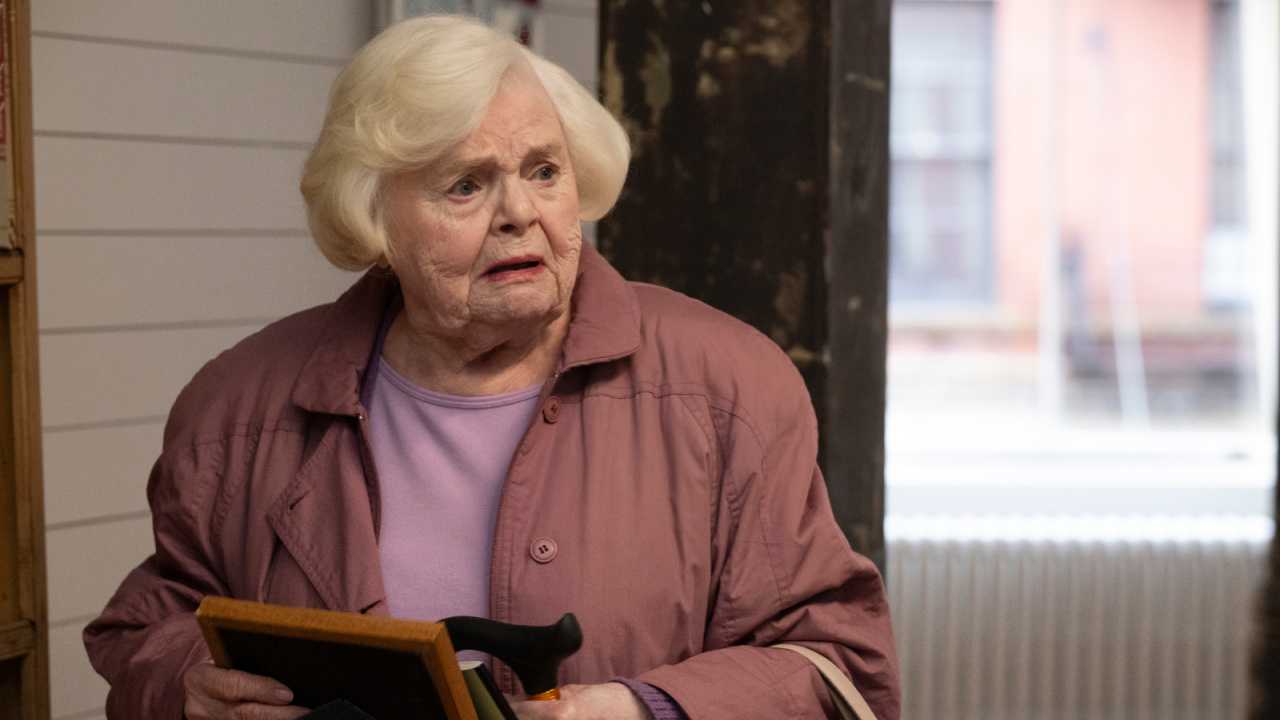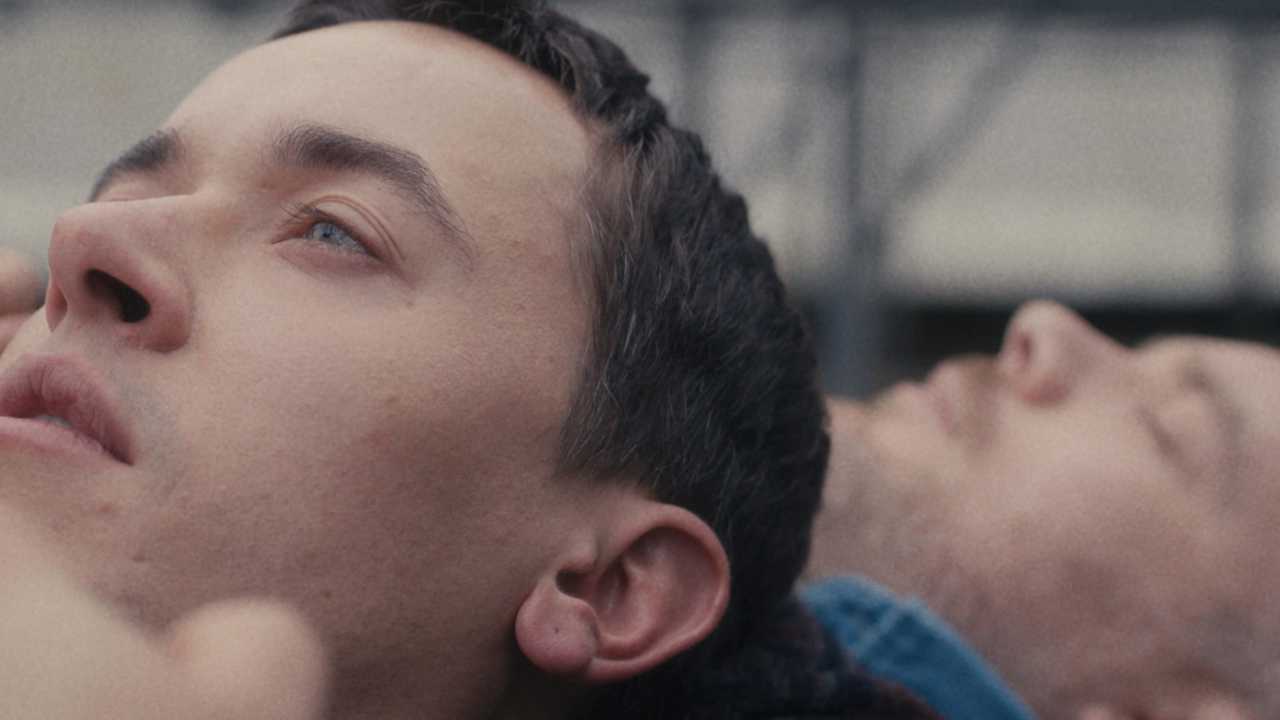Parks can be much-loved oases within a city, but quite how important they are when compared to other amenities is tricky to measure. Christian Krekel shows how wellbeing data can be used to put a monetary figure on the value of a park for residents.
Today, more than half of the world’s population lives in urban areas, and this is expected to increase to 68% by 2050. The growth of cities puts increasing pressure on public open spaces such as parks to provide additional room for housing, especially in dense inner cities.
Yet, most people consider parks important for their quality of life. In fact, UN Sustainable Development Goal 11 “Sustainable Cities and Communities” includes the aim of providing “universal access to safe, inclusive, and accessible green and public spaces”. How can we assess the value of a park against the value of housing – or any other use?
Measuring the value of parks
To assess the benefit of urban amenities, economists typically look at house prices around urban amenities like parks to see how much more people are willing to pay to live near that amenity and so infer the monetary benefit of it to nearby residents. But the fundamental problem with this method is that the stock of parks remains largely fixed over time and households in their surroundings are not just randomly put there and so self-selected. What is more, prices tend to be rather sticky, not changing much, especially over shorter periods.
In a recent paper I have co-published with Jan Goebel and Katrin Rehdanz, we work around these issues not by looking at changes in parks themselves but, instead, at changes in their use values brought about by COVID-19 restrictions – a time during which households’ locational choices were also largely predetermined. Arguably, having a park close to home during pandemic restrictions became suddenly and unexpectedly much more valuable compared to “normal times”.
Instead of house prices, we look at residents’ self-reported life satisfaction, a validated measure that is now routinely collected by the Office for National Statistics (ONS) to capture overall personal welfare in the UK and that is used for policy analysis by HM Treasury. Importantly, accounts of life satisfaction can be used to monetarily value intangible impacts and so have been applied before to value urban amenities, including urban green spaces and other areas.
Our case study is Germany, where – unlike in many other countries – visiting a park was always permitted and parks remained open throughout the COVID-19 period. We use a causal difference-in-differences design, comparing the change in wellbeing of residents living close to a green space (defined as within 1km of the household) to that of residents living further away, from before to during COVID-19. We use data from all cities and metropolitan areas with more than 100,000 inhabitants.
Parks and life satisfaction
Our three key results are that first, living close to a green space during COVID-19 restrictions had a significant, positive effect on residents’ overall life satisfaction. There is evidence for diminishing returns to green spaces, when it comes to both the size of and the number of patches. We find the strongest impacts for patches of green between 15 and 20 hectares.
Second, residents living near a green space showed significantly fewer symptoms of mental ill health, especially anxiety and depression, and were less likely to feel lonely. As COVID-19 affected residents with a nearby green space less adversely than others, green spaces seemed to have played a buffering role during this stressful time.
When calculating how much a resident without a nearby green space (of at least 15 hectares) would have to be compensated to arrive at the same level of life satisfaction as a resident with a green space, we arrive at about €5,950 per year, during COVID-19 restrictions.
Given that more than 16 million residents in Germany live near a green space, our results point towards substantial benefits during the COVID-19 period, with similar implications for urban areas in other countries. But how can we use this to assess a park’s value in normal times?
First, note that it is estimated that the annual probability of a pandemic with similar impact as COVID-19 in a given year of one’s life is about 2% (and increasing). If we adjust our value accordingly, we arrive at an expected monetary benefit of a nearby green space of €5,950 x 0.02 = €119 per resident, in any given year.
This means an individual who does not have a nearby green space would be expected to need compensation of about €119 per year to achieve the same level of life satisfaction as an individual who does, in any given year. This is a lower bound, as these expected benefits are in addition to any baseline benefits that green spaces may already provide during normal times.
So, green spaces can play an important buffering role during stressful times. And the sudden and unexpected variations in use values that such stressful times induce can help us to put a price tag onto green spaces during normal times.
This article is based on CEP discussion paper No 2106, The value of a park in crises: Quantifying the health and wellbeing benefits of green spaces using exogenous variations in use values.
Note: This article gives the views of the author, not the position of EUROPP – European Politics and Policy or the London School of Economics. Featured image credit: Anastasiia Lang / Shutterstock.com






































Discussion about this post